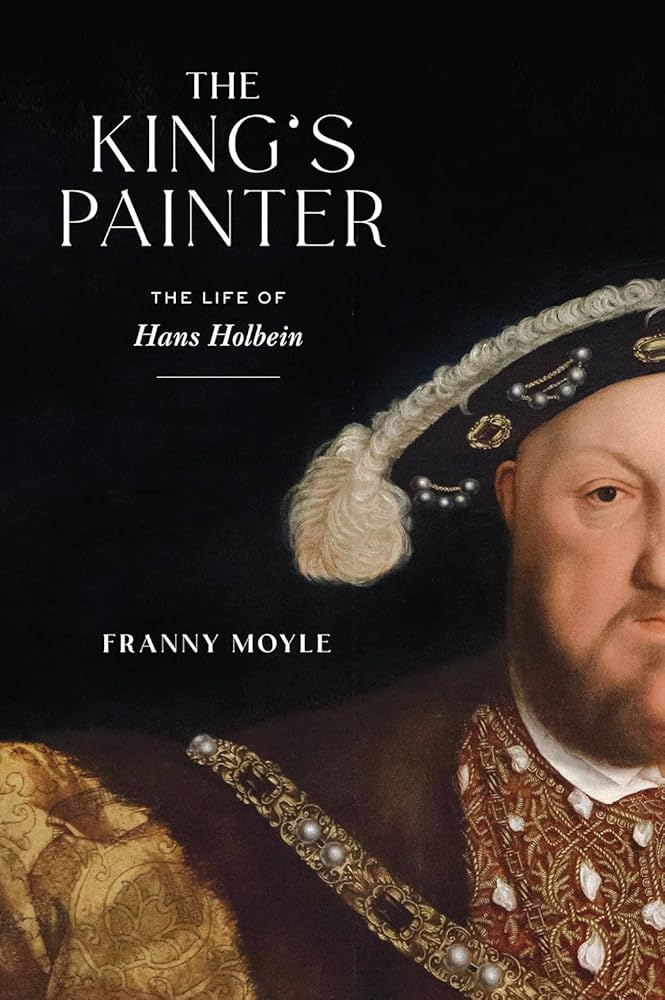The Magnolia Palace by Fiona Davis

First line: Lillian Carter stood half naked, one are held up like a ballet dancer, the other hanging lightly down at her side, and calculated how long she could avoid paying rent while her landlord was in jail.
Summary: In 1919, Lillian Carter, is an artist model who is famously known as Angelica. She has posed for sculptures all over New York City but when she gets entangled in the death of her landlord’s wife she goes on the run. In a case of mistaken identity she is hired as the private secretary to the daughter of one of the richest men in the country. In the hopes of lying low and earning some money to escape to Los Angeles she sees that life in the home of the rich is not as glamorous as it may seem.
In 1966, Veronica Weber, is an English model who arrives at the Frick Museum for a photo shoot, only to be locked inside during a blackout snowstorm. While waiting out the storm, she and an archivist follow the clues to a mysterious treasure hunt only to find something that has been missing for nearly five decades.
My Thoughts: Fiona Davis does not disappoint. She writes some wonderful novels that incorporate history, art and sometimes a little bit of a mystery. This was no different. I had never heard of Angelica. In the book she uses a different name than the real life Angelica but many of the statues mentioned in the book are real. Of course I had to look up pictures of them and the Frick Museum. I have heard of the museum but knew nothing about the family. It was interesting to get a little background to it and its famous works of art. I would love to visit and see the masterpieces that line the walls.
I wonder if Miss Helen was as stubborn as she is made out to be. She is definitely not a likeable character. But she was also a product of her time. A wealthy woman who lived in the shadow of her family. At the end in the author’s notes she gave several books to read for more information. I will be adding them to my ever growing list.
The story was well written and enjoyable just as her other books have been. Highly recommended for lovers of art and history.

